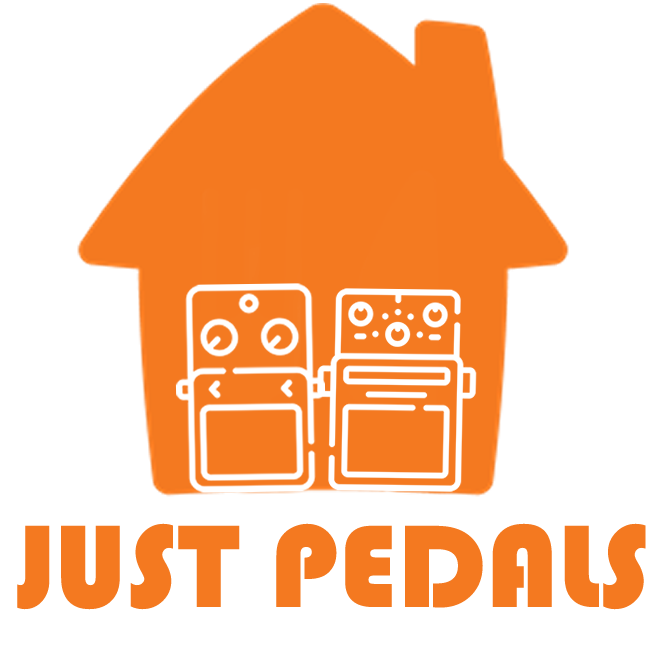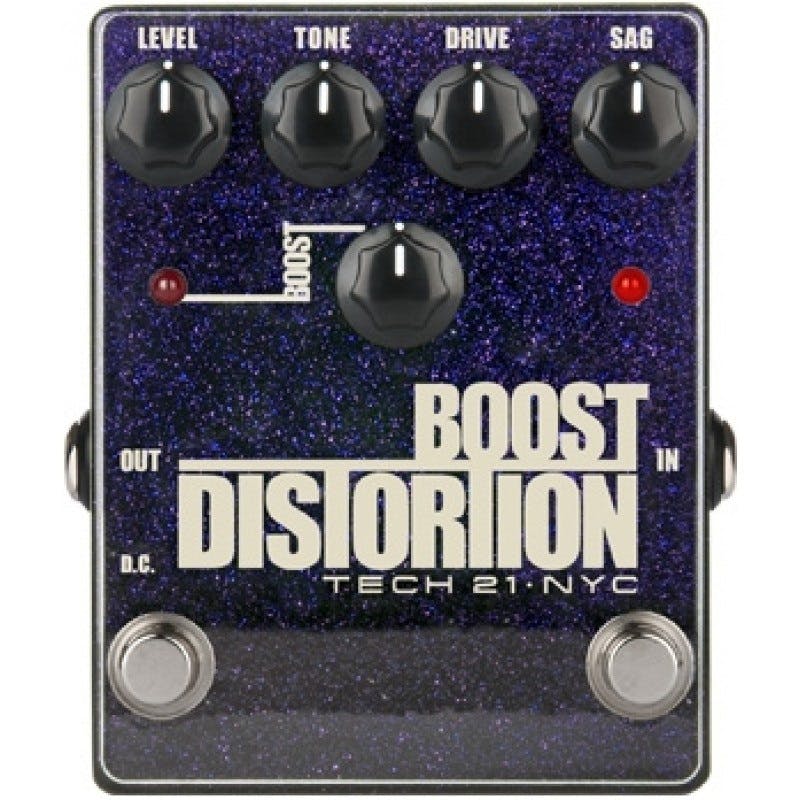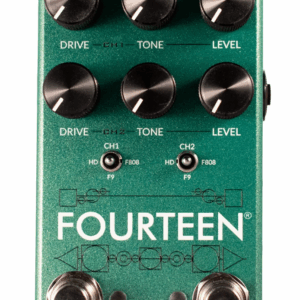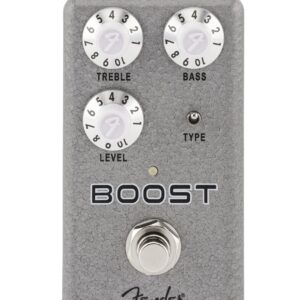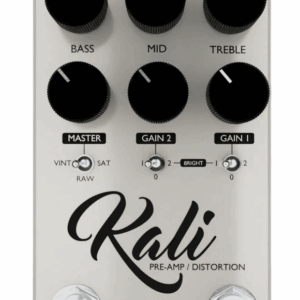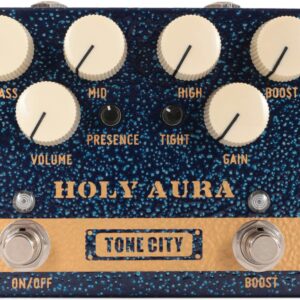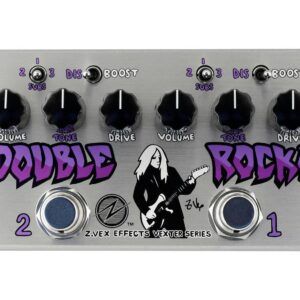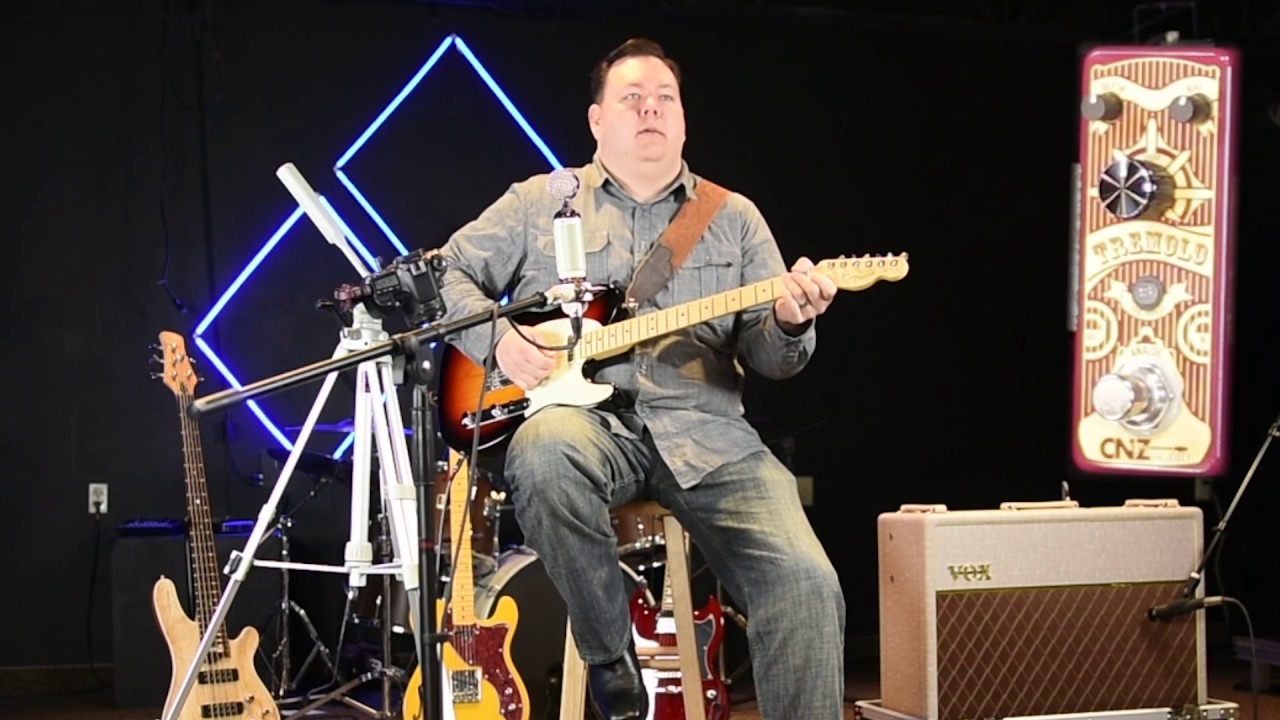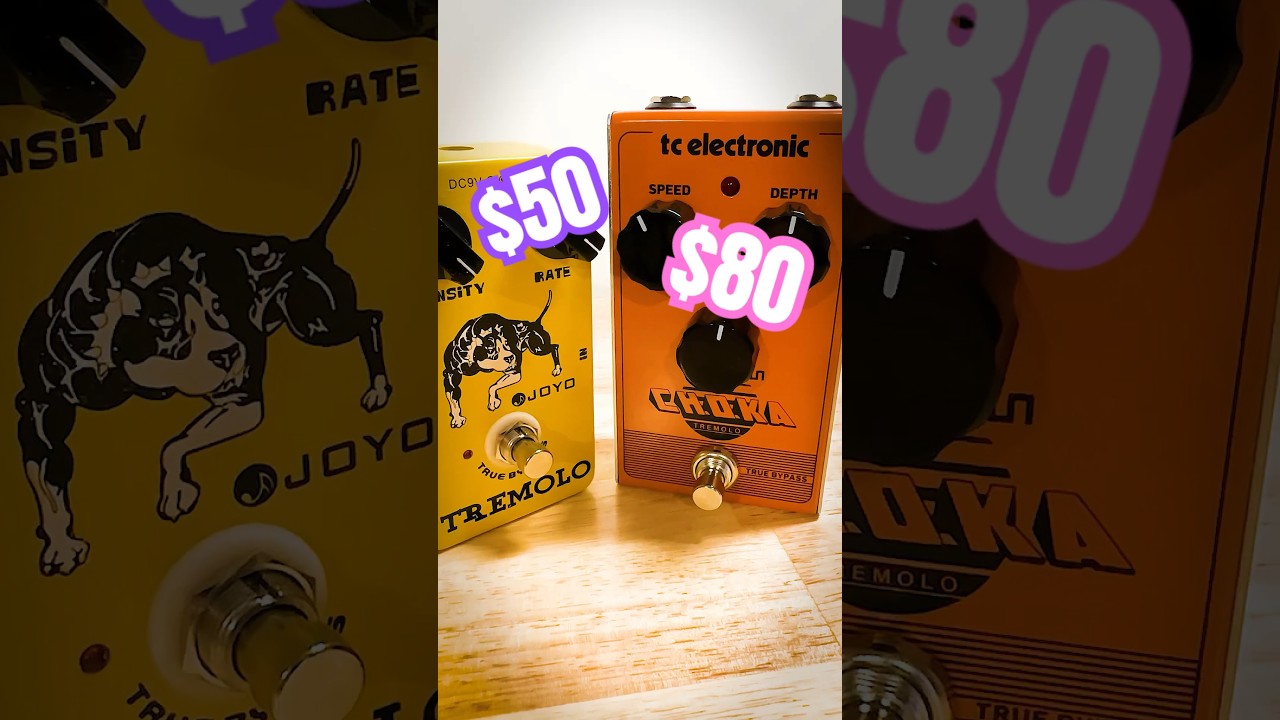Description
here at Just Pedals we love this Tech 21 Boost Distortion Metallic – Analog Distortion with Boost.
The combination of a Distortionand a boost is a simple idea but a good one. The Tech 21 Boost Distortion allows you to quickly and easily push up the volume of your guitat while adding in that essential distortion … when you want to grab the crowds attention with a blazing solo this pedal might be just what you’re after.
Designed and built from the ground up utilizing the best individually-selected, hand-biased discreet components, each unit delivers optimized performance with studio-quiet operation. Alongside a wealth of hot driven tones, there is a powerful boost function that delivers up to an incredible 21dB of clean boost, which can be used independently from the effect.
It is a true post-boost, punching up the tone you dialed in, not smothering it in unwanted distortion. From the high-impedance input to the sweepable low-pass filter in the tone control, your tone will be open and controllable in every setting.
Here’s what Tech 21 have to say about this pedal
Hey, remember the ‘80s? A lot of bad clothes but some way-cool, aggressive distortions. Tight, muscular grind with buzz-saw harmonics never went out of fashion and the Boost Distortion delivers that fast punchy tone. It features its own unique SAG control that adds an expressive, tube-like response to every pick stroke.
